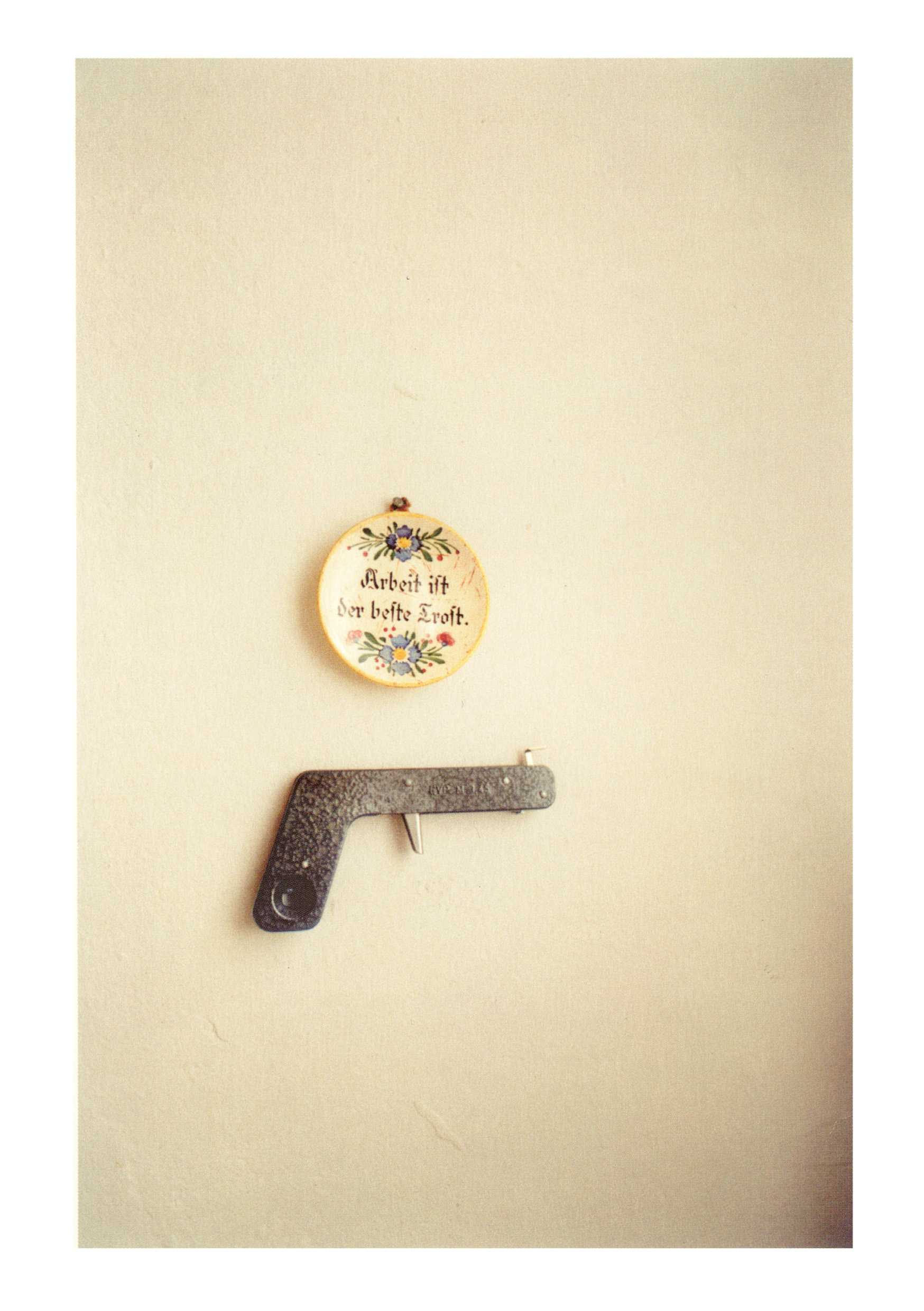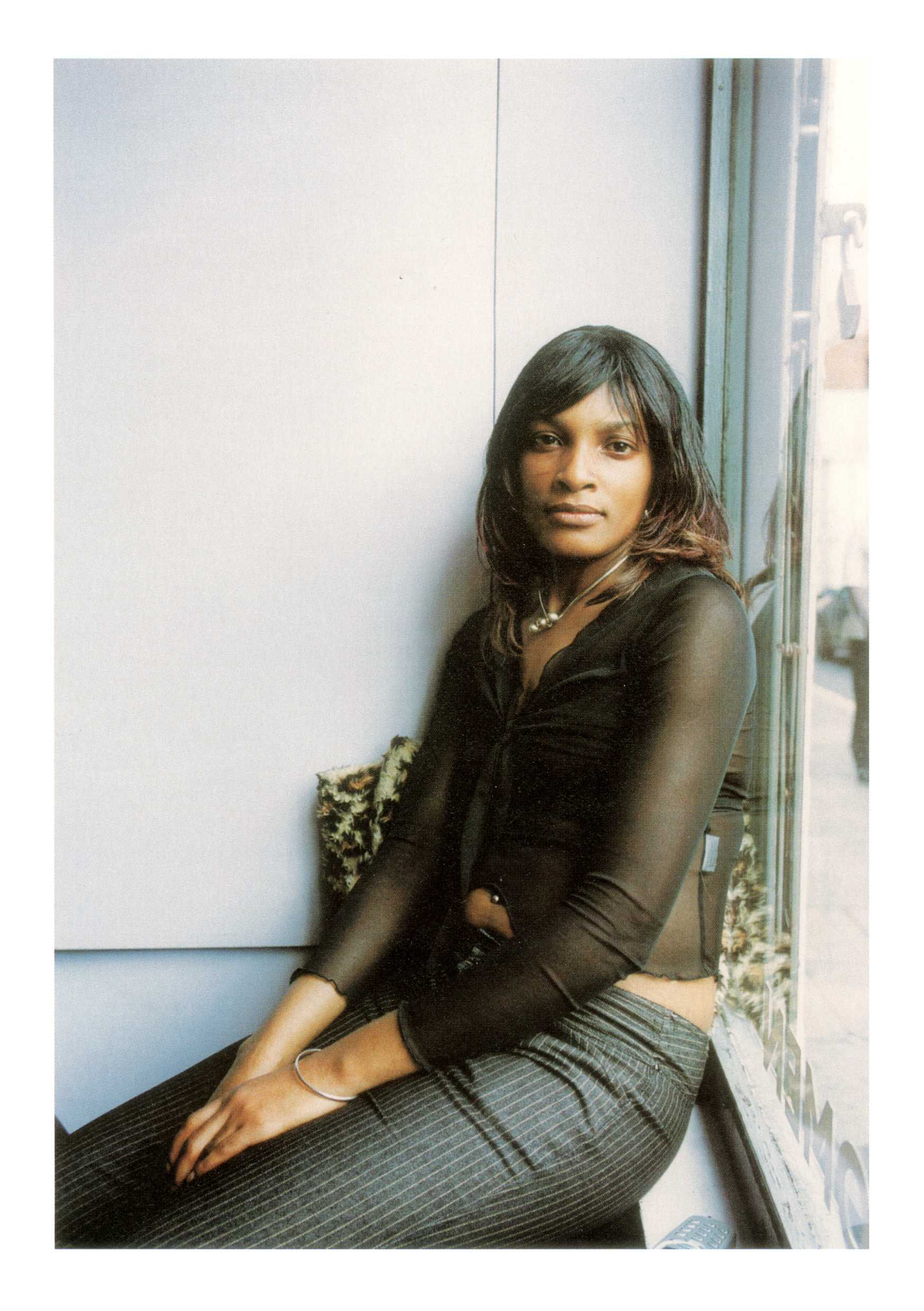Jitka Hanzlová
EXHIBITION Apr 28 — Jun 16, 2007
Exhibition Text
At Kicken I the exhibition "denn Bleiben ist nirgends". JITKA HANZLOVÁ (for there is no place where we can remain) offers a cross section of Jitka Hanzlová’s creative output from several distinct work phases and provides fascinating insights into the broad aesthetic spectrum of her work. Born in 1958 in the Czech town of Náchod, she has become an internationally recognized (portrait) photographer and her work has garnered considerable acclaim, including the 1993 Otto Steinert Award. Her work is included in internationally renowned collections and has been shown in important group exhibitions, most recently at the Barbican Centre in London, at the Akademie der Künste Berlin, and currently at the Museum Ludwig in Cologne.
Her work is distinguished by impressive technical precision and an uncanny ability to compose. Hanzlová photographs her subjects exclusively in color and in the vertical format (more precisely, in the portrait format); a combination that leaves a lasting impression on the viewer. Seizing the moment, taking it out of time, is what gives Jitka Hanzlovás’s work its innate immediacy.
Her early work cycles “Rokytník” (1990-1994) and “bewohner” (1994-1996) pay homage to her hometown Náchod and to the Ruhr Area of Western Germany where she has lived for 20 years. After a long period of absence, she returns to the village of Rokytník with the eyes of someone who left in exile. The images evoke both memory and experience and are distinguished by an aesthetic approach that is both compassionate and detached. In describing the distance to her home and how that affected her search for her identity, Jitka Hanzlová writes: „Ich parkte meine Erinnerung und lebte auf einem Bein.“ (I parked my memories and lived on one leg). In “bewohner” she takes on the city environment and addresses the ambivalence of urban life, which represents freedom in her personal biography while conveying monotony and narrowness in its photographed reality.
Her imagery often advances to photographic metaphor, as in the Forest (2000 – 2005) series. The powerful atmosphere in this work reveals depths that tie it not only to German Romanticism´s discourse on the forest but that also reveal her emotional involvement with her home. Such images etch themselves in our memories and tell the story of an inward journey, “denn Bleiben ist nirgends”. (R.M.Rilke) (for there is no place where we can remain)
Jitka Hanzlová began making portraits of women in her series “Female” (1997-2000), creating quietly touching works in which a dialog between the portrayed, the photographer, and the viewer unfolds. These images are an approach toward womankind, they pose the question of identity - their effect feeds off the fragile dance of intimacy and distance as the couple circles toward the moment of encounter.
In the portrait series “Brixton” (2002), which was short listed for the Citibank Photography Prize, Jitka Hanzlová continues this intense dialog with the women she photographs. The series exclusively portrays colored women, Carribean Africans living in a social melting pot. It is rounded out by a few, precisely composed still lifes shot through window frames.
It is only by closer observation that these photographs reveal that all those photographed have left their country. Their struggle for identity equally shows in these photographs as does the longing for a place called home. Their directly looking into the camera is as much a part of this series as is the attempt of the portrayed to close off their personal space from unwanted looks and valuation by others. Yet all these portraits are also the expression of an intense encounter full of suspense. (Mareike Stoll)


